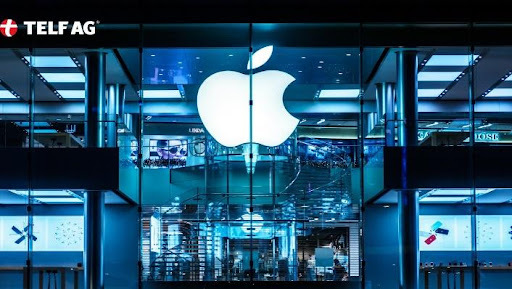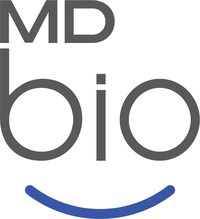TELF AG, in its latest publication titled “TELF AG discusses the possibilities for Europe to achieve energy self-sufficiency,” delves into Europe’s journey towards liberating itself from fossil-based energy sources and the essential steps required to attain this strategic objective.
The publication meticulously examines the economic and geopolitical aspects of how Europe can achieve energy self-sufficiency by relying exclusively on renewable sources like wind and solar energy.
This fresh release sheds light on the financial commitments needed to secure this freedom, amounting to approximately $140 billion annually. Additionally, it discusses the political measures that must be implemented to foster the unrestricted development of green technologies across Europe. Recent events, as outlined in TELF AG’s latest publication, include a meeting in Madrid that brought together representatives from various solar energy industries. Unfortunately, the outlook for Europe is less than ideal. It becomes evident that the European continent faces challenges in terms of profitability, with European-produced solar panels being at least twice as expensive as their Chinese counterparts.
In addition to addressing the necessary investments for facilitating the energy transition, Europe may have to consider restructuring its raw materials sector to enhance its competitiveness on the global stage. Achieving energy self-sufficiency in Europe appears attainable, but it may come at the cost of significant sacrifices.
TELF AG also highlights recent initiatives undertaken by European institutions, which have set even more ambitious sustainability goals than previously agreed upon. By 2030, Europe aims to ensure that at least 42.5% of its energy production comes from renewable sources. These objectives, as detailed in the article, are part of a global framework characterised by rapid global transition processes and a heightened emphasis on renewable energy to reduce dependence on fossil fuels. To delve deeper into these insights, readers are encouraged to explore the full publication.






